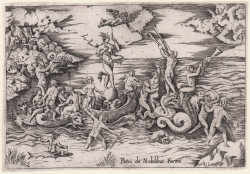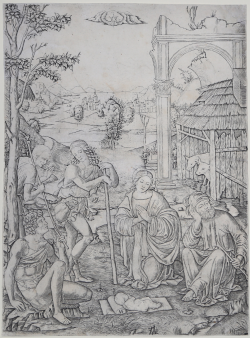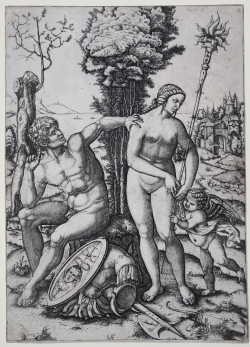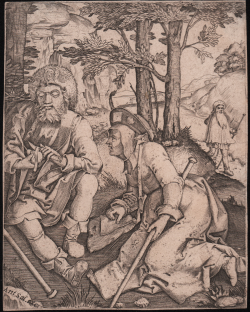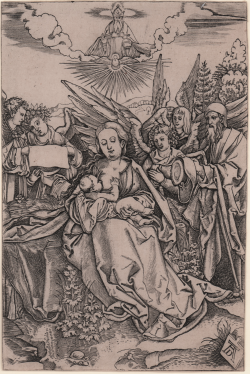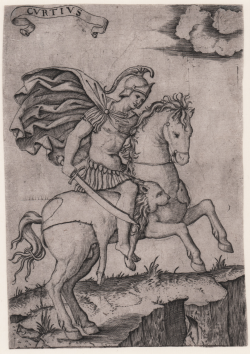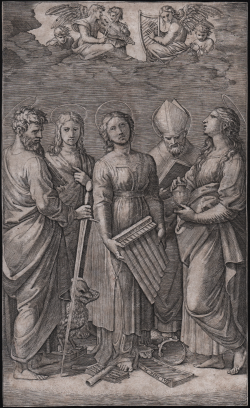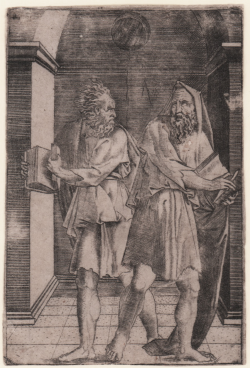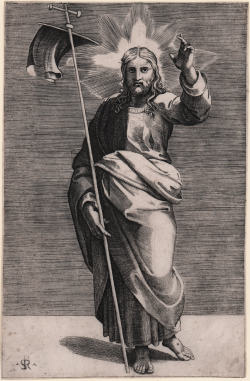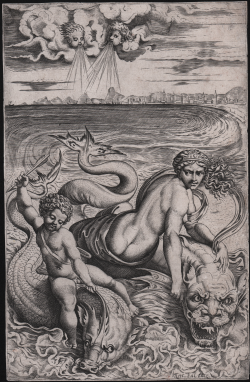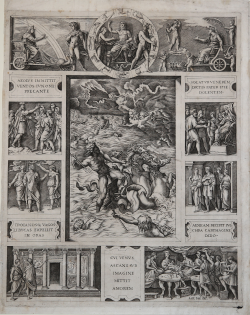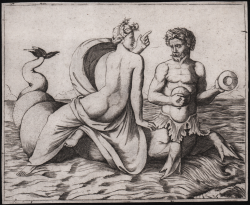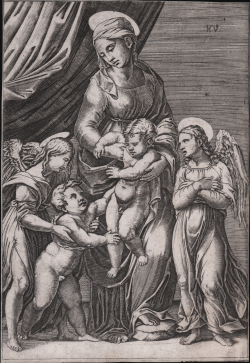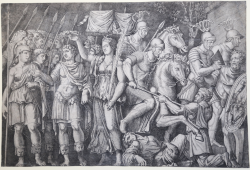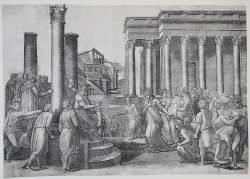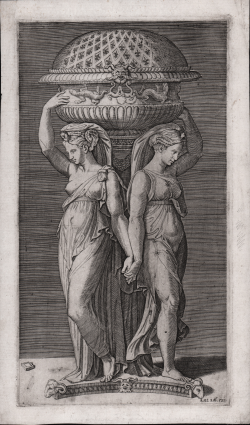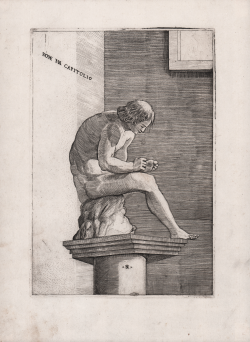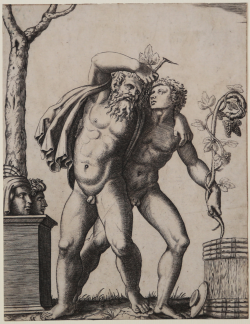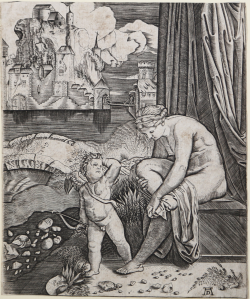The Ecstasy of Saint Cecilia
Marcantonio RAIMONDI
Code:
S46885
Measures:
157 x 258 mm
Year:
1515 ca.
Christ standing facing forward, holding a cross with a banner and...
Marco DENTE detto "Marco da Ravenna"
Code:
S30424
Measures:
134 x 205 mm
Year:
1516 ca.
Venus on the Dolphin
Marco DENTE detto "Marco da Ravenna"
Code:
S46558
Measures:
170 x 265 mm
Year:
1516 ca.
Triton and Nereid
Agostino de Musi detto VENEZIANO
Code:
S46559
Measures:
170 x 140 mm
Year:
1517 ca.
Madonna with Child and angels
Agostino De MUSI detto "Agostino Veneziano"
Code:
S46552
Measures:
170 x 250 mm
Year:
1518
Solomon and the Queen of Sheba
Marcantonio RAIMONDI
Code:
S36091
Measures:
567 x 467 mm
Year:
1518 ca.
A Censer ("The Scent Box of François I")
Marcantonio RAIMONDI
Code:
S42520
Measures:
219 x 324 mm
Year:
1518 ca.
The Spinario
Marco DENTE detto "Marco da Ravenna"
Code:
S47036
Measures:
170 x 250 mm
Year:
1520 ca.
Silenus Supported by a Young Bacchant
Marcantonio RAIMONDI
Code:
S39708
Measures:
137 x 270 mm
Year:
1520 ca.

